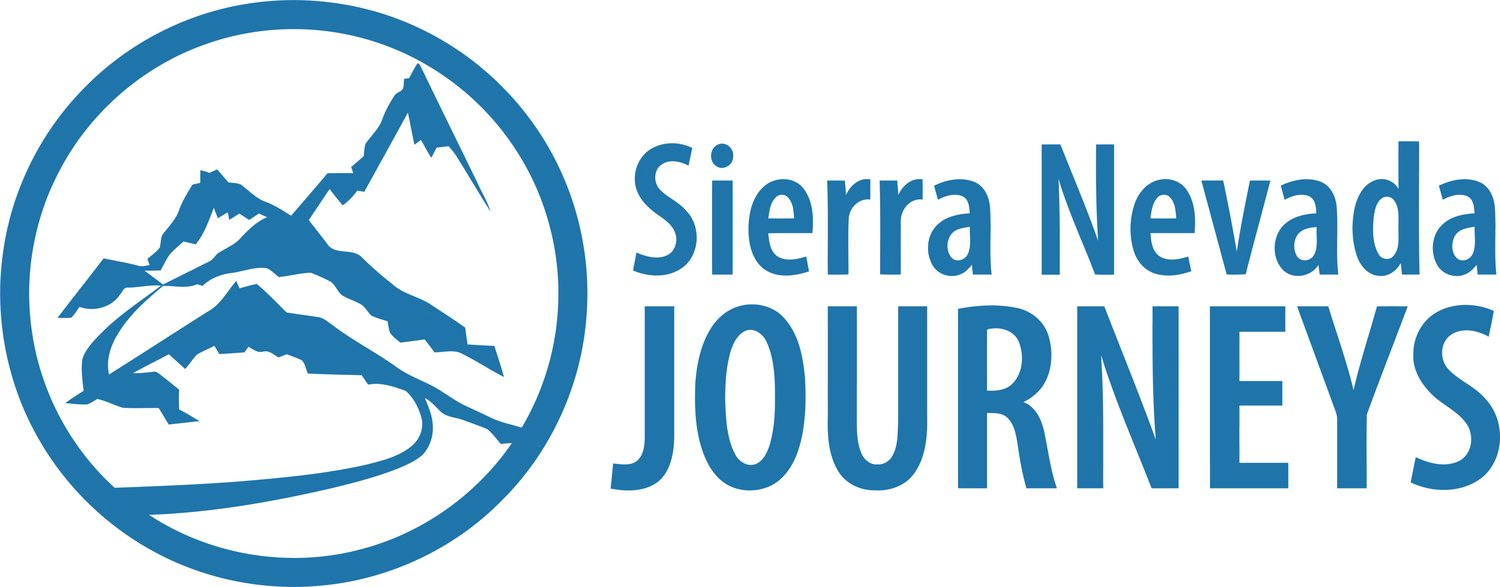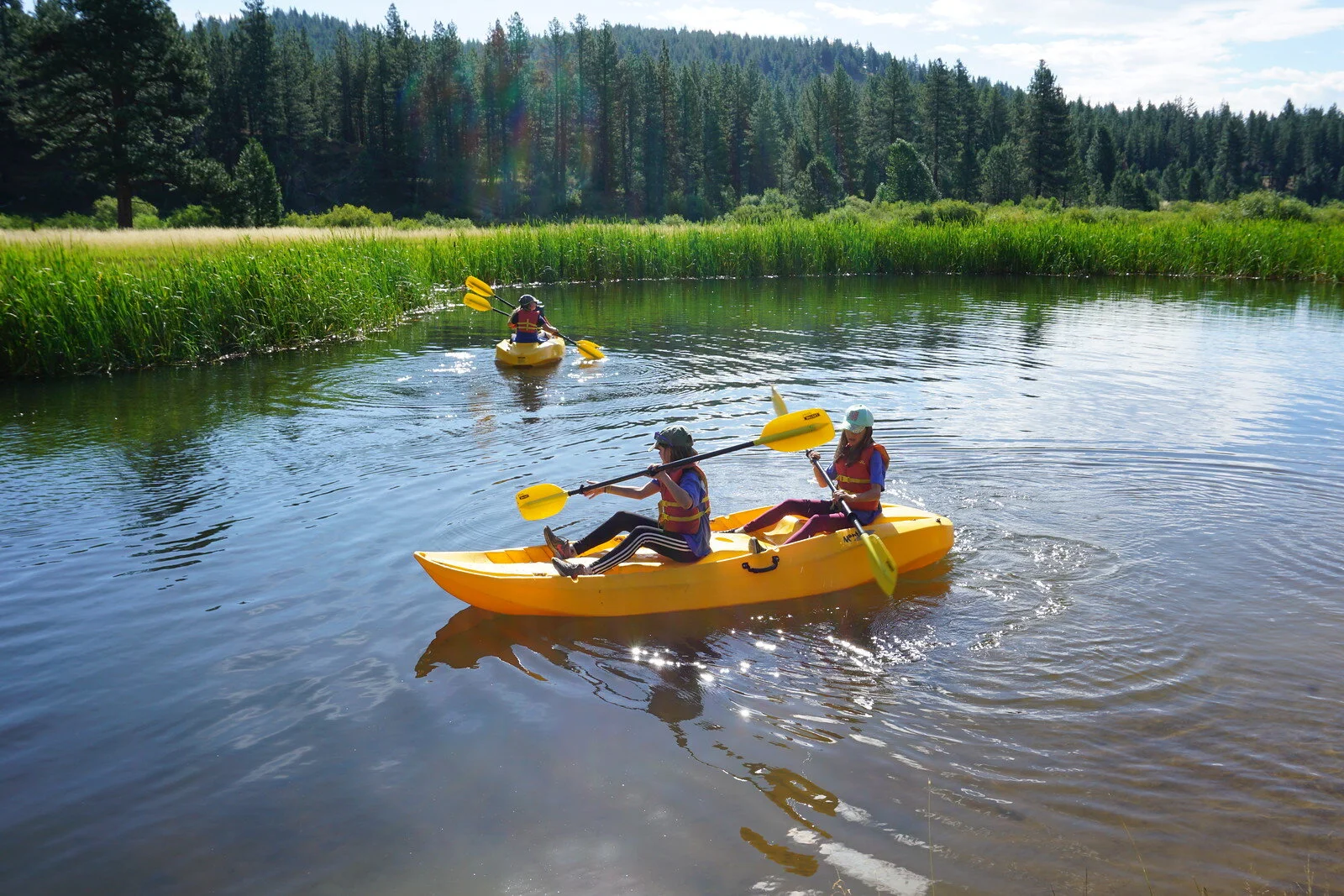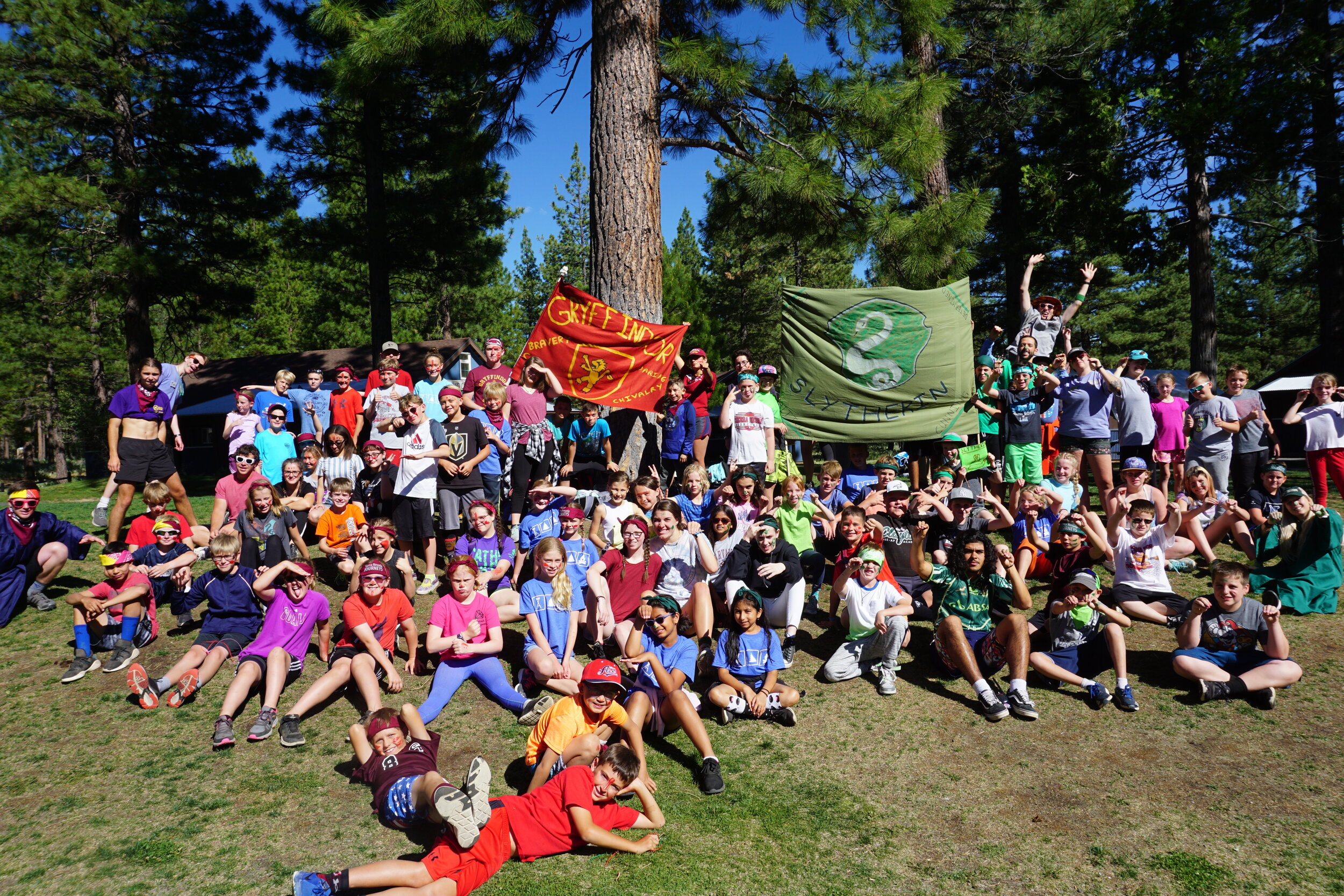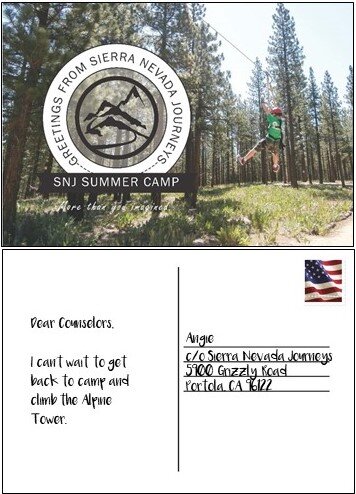While John Adams was defending the lives of British soldiers at the time, he could very well have said the same thing about science.
As COVID-19 continues to touch every part of life around the globe, it is vitally important that we understand the science of our new realities and have an informed citizenry. Never before in modern times have we seen such an overwhelming demonstration of the need for science literacy.
We are battling a deadly pandemic — and we will ultimately win this fight because of those working overtime in science, technology, engineering and math (STEM) based careers. Innovation through STEM is informing our responses to COVID-19. Some examples include: 3-D printing of personal protection equipment, distilleries pivoting to produce hand sanitizer, and research and development of more than 100 vaccine candidates.
We’ve also seen our regional, state and local leaders unite behind science to help stop the spread of infection and flatten the curve. Physical distancing, protective face coverings and quarantine are all ways to fight a deadly virus without a cure or vaccine. And we know this because of the scientists who identified the virus, understood its transmission, calculated its contagiousness, are researching treatments, and potentially, a ground-breaking vaccine. The science of this pandemic has already saved an immeasurable number of lives and will continue to save many more.
And when the curve drops and restrictions are lifted, the need for cutting-edge research and science education will be crucial in how we respond to future threats. Science-literate next generations could literally save us. And our planet. Investing today will pave the way for tomorrow’s triumphs.
Long before we were staying home because of COVID-19, The Discovery, Immunize Nevada and Sierra Nevada Journeys were cultivating science literacy in our community, collectively through our in-person, online, school and outdoor-based programs.
These are scary times. And with everything changing so fast, it can be tough to make sense of it all. But one thing remains certain: the need for science education. Science is crucial in fighting and controlling the spread of disease. That’s why The Discovery exists; we’re here to inspire the next generation of scientists, researchers and innovators who will help us overcome the challenges like what we’re facing today.
Keeping our distance from misinformation is easier said than done, and Immunize Nevada continues to be a trusted resource, guiding Nevadans with credible, evidence-based facts and resources. As rapidly as this virus has spread, misinformation has spread faster, causing the WHO to coin it an “infodemic.” We can all stop the spread by fact-checking, listening to credible experts and dispelling and debunking alternative theories, dangerous cures and myths. Try out your fact-checking skills with the News Literacy Project at newslit.org/coronavirus and if you have distance learners, their Checkology curriculum is now available for free.
Sierra Nevada Journeys serves two-thirds of the elementary schools across northwest Nevada with STEM education annually. Our educators have worked to transition our in-person programs to support digital learning, and they are planning to serve 15,000 students this spring to support the region’s move to distance learning. In a time when our next generation will be relied upon to solve the next pandemic, taking a six-month leave of absence on science education is not an option.
Right now, we may not be able to serve our community the way you’re used to, but we’re still here and we are still serving you! Science matters and we can see it in the care that our loved ones receive, in the skill of our health care providers and in every aspect of our economic engines. Be a champion for science and in the meantime, stay safe and healthy, take care of each other, and never stop learning!

























